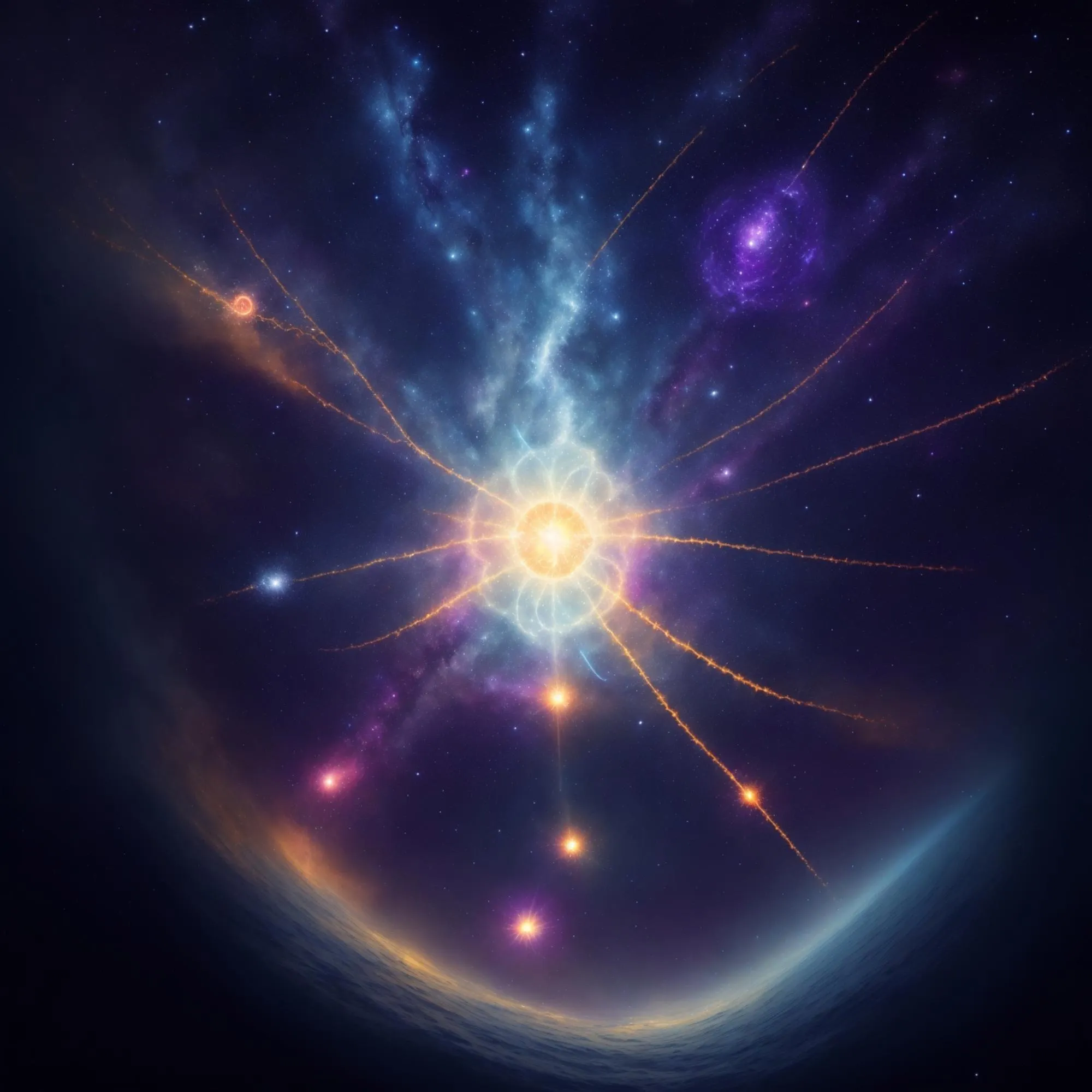Introduction
In the heart of the Swiss Alps lies Eiger, a magnificent mountain celebrated for its imposing north face and the glaciers that clasp its flanks. While these icy expanses have captivated explorers, scientists recently turned their gaze not towards the glittering surface, but deep under the glaciers to the bedrock below. Utilizing the pioneering technique of cosmic-ray muon radiography, researchers have released groundbreaking findings published in Scientific Reports, revealing unparalleled details about the subglacial topography. This investigative breakthrough shatters previous limitations, brings forth fresh insights into active alpine glacial impact above the Equilibrium Line Altitude (ELA), and marks a significant stride in glaciology and geological sciences.
In-Depth Analysis
The study published under DOI: (https://doi.org/10.1038/s41598-019-43527-6) titled “Bedrock sculpting under an active alpine glacier revealed from cosmic-ray muon radiography” is authored by a collaborative team led by R. Nishiyama (1) from the University of Bern, Switzerland, and the University of Tokyo, Japan. The paper elucidates the application of muon radiography in charting the typically enigmatic bedrock beneath the Eiger Glacier, a conventionally formidable task, surmounted successfully by the researchers’ novel method.
Muon particles, which are essentially highly penetrative cosmic rays, have the ability to traverse significant thicknesses of rock and ice. By capturing how these particles are attenuated as they pass through a glacier, a radiographic image of the underlying bedrock can be constructed. The Eiger Glacier provided the canvas for this high-tech subterranean art. A detector array positioned strategically in the landscape served as the linchpin of data collection, catching and counting the muons from cosmic showers.
Findings
The resulting radiographic images showcased a stark visual of the bedrock’s morphology – a reach measuring an impressive 600 by 300 meters within the glacier’s accumulation area was treated to near-vertical erosion due to the colossal forces exerted by the ice flow. The study’s findings postulate that the Eiger Glacier is not just a passive sheet of ice but is, in fact, a dynamic sculptor of the rocky landscape it covers.
Significance
The implications of these revelations extend well beyond our appreciation of glacial power. The research substantiates the notion that glaciers above the ELA partake in aggressive bedrock carving, reshaping our understanding of how mountain landscapes evolve under the influence of ice.
Moreover, the application of muon radiography innovates upon traditional geophysical methods, which, while useful, have had limited success in thoroughly probing these inaccessible environments. The technology, as evidenced by this study’s success, opens up a new dimension of geo-exploration. It is akin to endowing scientists with X-ray vision, allowing them to pierce through the icy facade and gaze upon the geological tales engraved in stone.
Broader Context
Glacial landforms such as U-shaped valleys, roche moutonnées, and overdeepenings are etched by the repetitive dance of glacial advance and retreat, a process elaborated upon in the works of Hallet (2), Brocklehurst and Whipple (3), and others. The blend of abrasion and plucking shapes the topography majestically, attesting to the raw power of nature’s ice-carving tools. This study’s findings tether neatly with these previous conceptions, furnishing concrete evidence of such processes at substantial elevations.
The technique also bears semblance to methodologies applied across various disciplines, like the invaluable insights gained from muon radiography of volcanoes, as benchmarked by Tanaka et al. (24) and Carbone et al. (29), and anthropogenic structures, such as nuclear plants as documented by Fujii et al. (31). This emphasizes the technique’s versatility and potential applicability across a spectrum of geological and environmental inquiries.
References
For the inquisitive reader, the dissemination of this study’s results is enriched by a series of referenced works, which include the pioneering models of glacial quarrying by B. Hallet (2), insight into glacial erosion by Brocklehurst and Whipple (3), and several others, which collectively paint a more profound picture of glacial dynamics:
1. Nishiyama R, et al. Bedrock sculpting under an active alpine glacier revealed from cosmic-ray muon radiography. Sci Rep. 2019;9:6970. doi: 10.1038/s41598-019-43527-6.
2. Hallet B. Glacial quarrying: a simple theoretical model. Ann. Glaciol. 1996;22:1–8. doi: 10.1017/S0260305500015147.
3. Brocklehurst SH, Whipple KX. Glacial erosion and relief production in the eastern Sierra Nevada, California. Geomorphology. 2002;42:1–24. doi: 10.1016/S0169-555X(01)00069-1.
4. Tanaka HKM, et al. High resolution imaging in the inhomogeneous crust with cosmic-ray muon radiography: The density structure below the volcanic crater floor of Mt. Asama, Japan. Earth Planet. Sci. Lett. 2007;263:104–113. doi: 10.1016/j.epsl.2007.09.001.
5. Fujii H, et al. Performance of a remotely located muon radiography system to identify the inner structure of a nuclear plant. Prog. Theor. Exp. Phys. 2013;2013:073C01. doi: 10.1093/ptep/ptt046.
Keywords
1. Cosmic-ray muon radiography
2. Glacial bedrock erosion
3. Subglacial topography
4. Eiger Glacier Switzerland
5. Alpine glacial dynamics
Conclusion
With this pioneering study shining a light under the Eiger Glacier, we witness the merging of high-energy physics and earth science, fostering an enriched comprehension of glacial geomorphology. This cross-disciplinary approach exemplifies the utility of muon radiography as a robust tool that could potentially lead to novel discoveries about the underpinnings of glaciers across the globe. As ice sheets continue to recede under the specter of climate change, unmasking their hidden past could be crucial to anticipating our planet’s geomorphological future.
